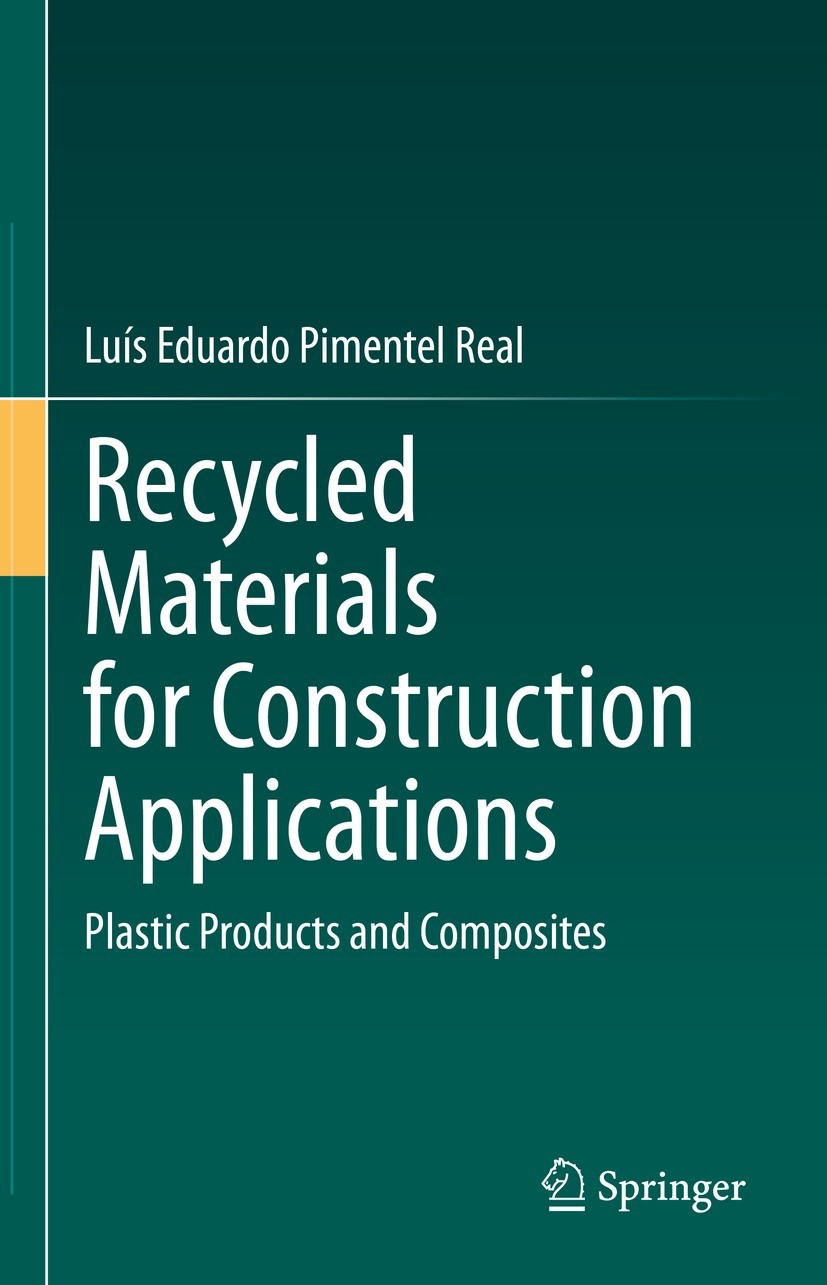| 书目名称 | Recycled Materials for Construction Applications | | 副标题 | Plastic Products and | | 编辑 | Luís Eduardo Pimentel Real | | 视频video | http://file.papertrans.cn/825/824365/824365.mp4 | | 概述 | Presents state of the art research on the recycling of plastic building materials.Discusses the environmental and sustainability implications of plastic recycling for construction.Makes recommendation | | 图书封面 |  | | 描述 | This book presents the state of the art on the topic of recycling of plastic building materials, comprising a synthetic market analysis, and presenting the latest developments in plastic recycling technologies. The book also makes recommendations to optimize the success of recycling and encourage the circular economy, while acknowledging the environmental and sustainability implications of plastic recycling for building construction. The distinctive features of this book are the variety of topics covered on sustainable plastic recycling, the discussion of advances in plastic recycling technology, detailed illustrations, and summarized descriptions of separation processes. This book is a guide for both technical and non-technical readers, and for anyone involved in plastic waste or recycling, including researchers and students in plastics engineering, polymer science, polymer chemistry, environmental science, and sustainable materials. | | 出版日期 | Book 2023 | | 关键词 | Plastic recycling; Building materials; Plastic sustainability; Biocomposites; Construction | | 版次 | 1 | | doi | https://doi.org/10.1007/978-3-031-14872-9 | | isbn_softcover | 978-3-031-14874-3 | | isbn_ebook | 978-3-031-14872-9 | | copyright | The Editor(s) (if applicable) and The Author(s), under exclusive license to Springer Nature Switzerl |
The information of publication is updating

|
|
 |Archiver|手机版|小黑屋|
派博传思国际
( 京公网安备110108008328)
GMT+8, 2025-11-13 04:42
|Archiver|手机版|小黑屋|
派博传思国际
( 京公网安备110108008328)
GMT+8, 2025-11-13 04:42


